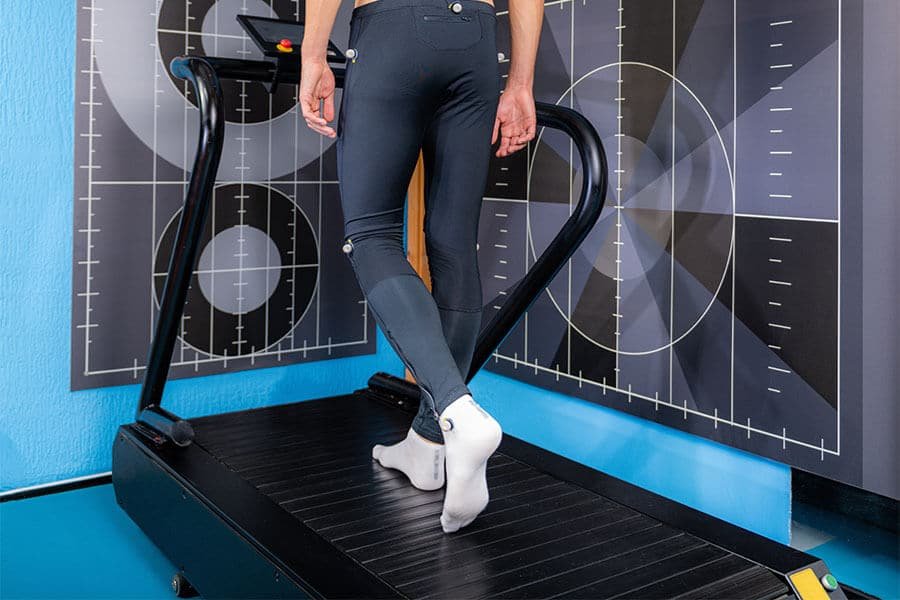Your gait is also known as the way that you walk and run. Even if you’re able to run with no problems, your gait could still be off, which could put you at a greater risk of experiencing an injury.
When you get a gait analysis, we look at your form as you walk and run. If there are any motions that aren’t quite correct, we can provide training exercises that can strengthen weak muscles and make you a stronger runner and lessen your risk of injury.
Prevention of Gait Disorders
Primary prevention: High levels of physical activity have been shown to help maintain mobility, even in patients with the disease.
Secondary prevention: Exercise has improved gait and measures of mobility in short and long-term trials.
A regular walking program of 30 minutes/day is the best single activity for maintaining mobility; however, walking does not increase strength in a person who is weak. A safe walking course should be recommended, but including hills can help maintain leg strength. The use of walking sticks that are adjustable or canes can provide confidence and safety for older adults.
Prevention also includes resistance and balance training. The effects of an active lifestyle on mood and confidence are probably as important as their effect on physiology.
Is it worth getting a gait analysis?
The resounding answer to whether it’s worth getting your gait analyzed is YES, particularly if you're new to running or are dealing with any running injuries. It will improve your running comfort and reduce your risk of injury. It will also help considerably when choosing your new running shoes, as you can take your foot shape, the terrain you’re running on, and your pronation into consideration.
Our Mackay office is open to help you! Give us a call at (07) 49425016. You can also fill out our online contact form and a member of our staff will reach out to you.
TRUST the experts!
That's where we, Pioneer Podiatry come in!


